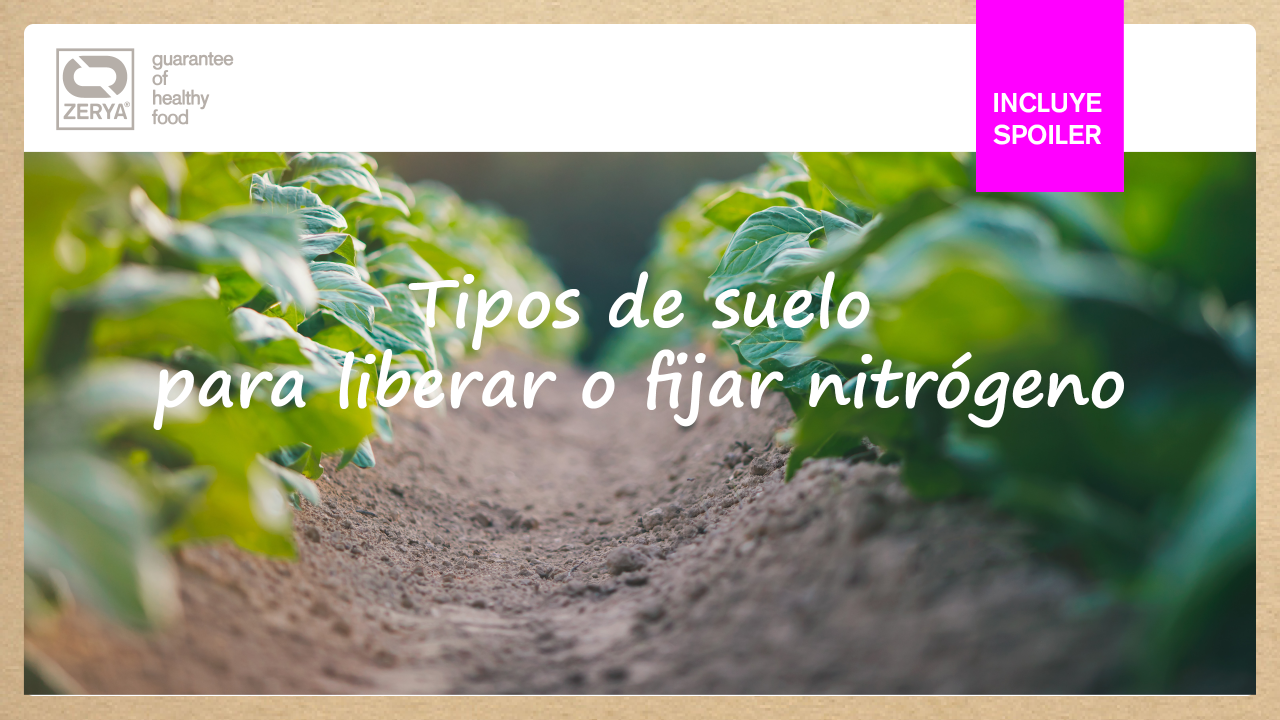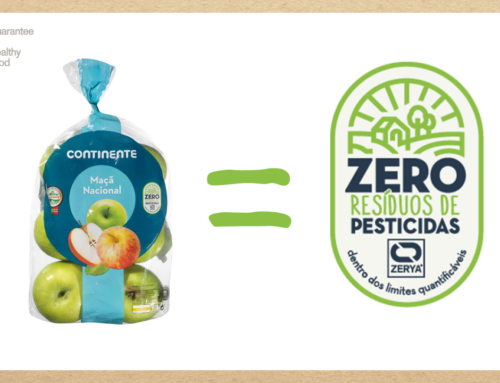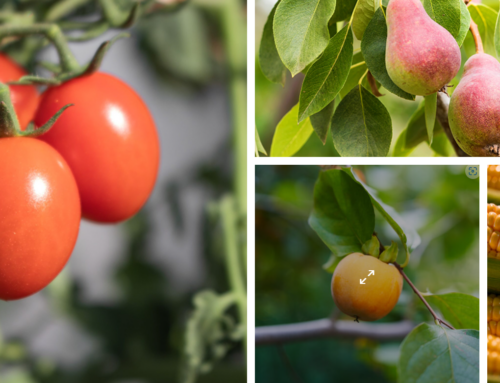
From salads to tubers, watermelons to rice, each crop has different nutritional needs depending on the type of soil in which it grows.
Soil is the key natural resource that influences the quality and quantity of agricultural production, so at ZERYA we take care of all aspects related to soil health. Because each soil has its own typology and needs, we present you different types according to their texture, structure, chemical and biological composition. In the Iberian Peninsula, the most common are calcareous, clayey, sandy and loam.
Calcareous soil for cereals and leafy vegetables
Calcareous soil is characterised by a high calcium carbonate content, which gives it an alkaline pH and a low availability of some nutrients such as phosphorus, iron and zinc. This type of soil requires balanced fertilisation and acidity correction with organic matter or amendments. The most suitable crops for this type of soil are cereals, leguminous plants, leafy vegetables and some fruits such as citrus and olive trees.
Clay retains heavy metals
Clay soil has a fine and compact texture, which hinders water drainage and gas exchange. With a high nutrient retention capacity, it can also accumulate salts and heavy metals.. It requires frequent deep tillage to improve its structure and prevent crusting. The best adapted crops are rice fields, fodder plants, root vegetables and some fruits such as bananas and grapes.
Fluid drainage in sandy soils
The sandy soil with its coarse and light texture facilitates water drainage and gas exchange. It has a low nutrient and water retention capacity, so it needs frequent fertilisation and adequate irrigation. Crops recommended for this type of soil are tubers, legumes, fruiting vegetables and some fruits such as melons and watermelons.
Neither too clayey nor too sandy : loamy soil
The loam soil provides a medium and balanced texture, which gives it a good nutrient and water retention capacity, as well as good drainage and gas exchange. It’s the top! The loam soil is the most suitable for agriculture, as it allows the development of a wide variety of crops. It is ideal for growing cereals, legumes, vegetables and fruit.
Crop rotation substantially improves soil structure.
In addition to soil type, another factor influencing the nutritional requirements of crops is the rotation or alternation of different plant species on the same land over time. This practice has several benefits, such as prevention of diseases and pests, improvement of soil structure and fertility, diversification of production and use of natural resources. Rotation must take into account the characteristics and requirements of each crop, as well as its influence on the deposition or extraction of nutrients from the soil.
Nitrogen-fixing and nitrogen-releasing crops
Soils can also be classified into different groups according to their capacity to fix or release nitrogen, an essential element for plant growth. Nitrogen-fixing crops are those that can capture atmospheric nitrogen through symbiosis with bacteria of the genus Rhizobium living on their roots. These crops are mainly legumes, such as peas, beans, lentils or soya beans. In return, releasers can leave nitrogen available in the soil after being harvested or incorporated as green manure. These crops are mainly cereals, such as wheat, maize and barley.
Spoiler: Don’t forget to rotate your crops!
The rotation should alternate fixing crops with releasing crops to maintain a balance in the nitrogen cycle and avoid nitrogen loss or contamination by leaching or volatilisation. This can reduce the use of chemical fertilisers and improve the quality and sustainability of agriculture.




